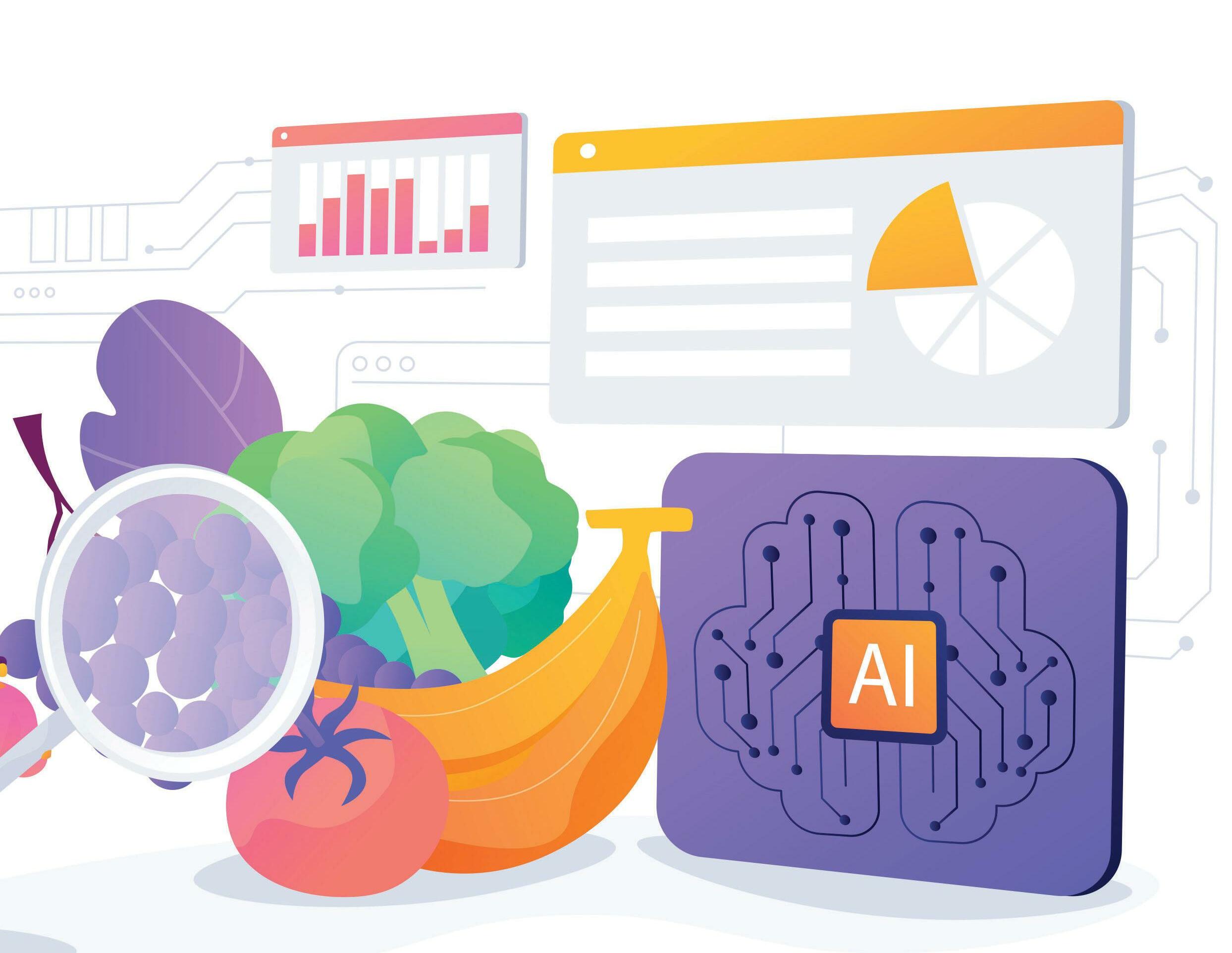कोशिश गोल्ड - मुक्त
All in Good Taste
Reboot Magazine
|October 2025
Scientists are attempting to lick food contamination with cutting-edge technology. Say hello to the e-tongue.

Contaminated food poisons 600 million people every year.
The symptoms – which, unfortunately, many of us are much too familiar with – range from mild discomfort to crippling pain. Asking “Does this taste funny to you?” doesn’t just dare the respondent to play palace taster; foodborne illness is deadly, killing about 420,000 of the world’s people annually.
One in six Americans get sick from foodborne illness each year, resulting in about 128,000 hospitalizations and 3,000 deaths.
Tainted food takes a vicious bite out of corporations and brands, too. Depending on severity, a single outbreak can cost companies anywhere from a few thousand dollars to several millions in lost revenue, lawsuits, fines, higher insurance premiums, and reputational repair, just for starters.
 And that doesn't take food fraud into consideration. Food Safety Net Services defines that "as the act of purposely altering, misrepresenting, mislabeling, substituting, or tampering with any food product at any point along the farm-to-table food supply chain. Fraud can occur in the raw material, in an ingredient, in the final product, or in the food's packaging."
And that doesn't take food fraud into consideration. Food Safety Net Services defines that "as the act of purposely altering, misrepresenting, mislabeling, substituting, or tampering with any food product at any point along the farm-to-table food supply chain. Fraud can occur in the raw material, in an ingredient, in the final product, or in the food's packaging."Fraudsters mess with food to make money, either by boosting its apparent value or cutting production costs. It's nothing new, reaching back centuries, but it's currently on the upswing. Bloomberg estimated that from the first half of 2019 to the same period in 2020, cases rose by 37%.
यह कहानी Reboot Magazine के October 2025 संस्करण से ली गई है।
हजारों चुनिंदा प्रीमियम कहानियों और 10,000 से अधिक पत्रिकाओं और समाचार पत्रों तक पहुंचने के लिए मैगज़्टर गोल्ड की सदस्यता लें।
क्या आप पहले से ही ग्राहक हैं? साइन इन करें
Reboot Magazine से और कहानियाँ

Reboot Magazine
PLAYING IT FORWARD
Enduring values meet future forward technology at Seneca Gaming Corporation
5 mins
October 2025
Reboot Magazine
TECHNICAL DIFFICULTIES
SMB LEADERS SPENDING 13 HOURS PER WEEKK ON TECH-RELATED ISSUES
2 mins
October 2025

Reboot Magazine
HARDENING THE EDGE
PHYSICAL SECURITY AT DATA CENTERS IS JUST AS IMPORTANT AS ITS VIRTUAL COUNTERPART
4 mins
October 2025

Reboot Magazine
A LEVEL PLAYING FIELD
For years, small businesses were at a technological disadvantage. New tools are changing the dynamic, Constant Contact's Frank Vella tells us.
4 mins
October 2025

Reboot Magazine
MIND OVER MATTER
AI IN MENTAL HEALTH CARE HAS TREMENDOUS POTENTIAL. IF IT'S USED RESPONSIBLY.
3 mins
October 2025

Reboot Magazine
WORLD WIDE WEIRD
Hacks are serious business. But sometimes, they can be silly.
3 mins
October 2025

Reboot Magazine
UK'S ONLINE SAFETY ACT
The near-decade of review is over, and the Act is in full force - but the controversy carries on
4 mins
October 2025

Reboot Magazine
VALUE BEYOND MEASURE
Wealthtech puts advisers' and investors' minds at ease
3 mins
October 2025

Reboot Magazine
THE TECHNOLOGY OF BEAUTY
EVEN THOUGH IT'S FAR FROM MATURE, THE INTEGRATION OF AI INTO AESTHETIC MEDICINE IS ALREADY MAKING THE PRACTICE SAFER AND MORE EFFECTIVE
4 mins
October 2025

Reboot Magazine
The Jolt They Need
TWO AMERICAN STAPLES BETTING ON EVS' FUTURE
3 mins
October 2025
Listen
Translate
Change font size

